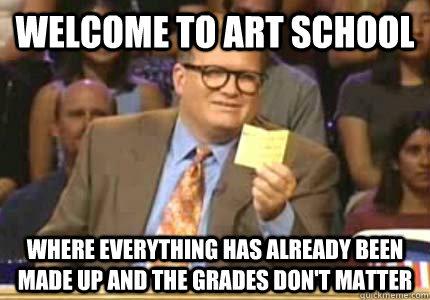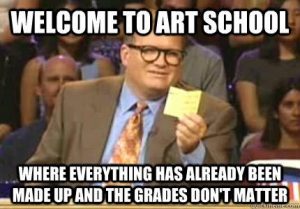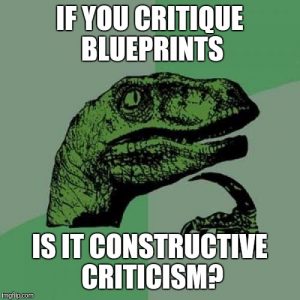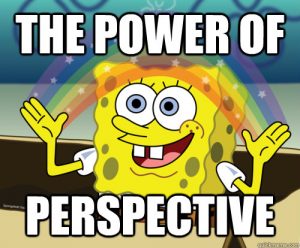
Today’s Buzz is by Morning Buzzer Kim Nakahodo – connect with her on LinkedIn & Twitter!
What I’m Watching: With the kiddos: Fast & Furious Spy Racers (gateway drug into F&F life!) Without the kiddos: Marvel’s Runaways
What I’m Reading: Dear Girls by Ali Wong (SUPER NSFW)
What I’m Listening To: KCUR; GovLove; Hidden Brain
I have written about this several times, but I have had a very different path to public service. Most of my colleagues actually knew what they were doing in life way before I did. I am often asked what college I went to and I always hesitate a bit in my response. Some of my response is not wanting to get into a long-winded discussion of how in the world I got to where I am in life, and the other half is that I feel I have to have to justify my art institute degree.
When I tell people I attended an art institute for my undergraduate degree, they instantly picture me eating Playdoh for four years and coloring in my own diploma with crayons. This totally happens at art school, but hey, we had real classes too!

I have gotten better at not instantly defending my degree, or following up with the fact that I went to a math & science academy high school (which I did). I once had a banker tell me I was ‘the highest functioning artist’ he had ever met. Um…. Thanks?

I must say, I can’t think of another field of study that could have prepared me better for public service than an art institute. I know that sounds weird, but here are a few ‘life lessons’ you will learn at an art school:
Critique or Crit. The first time you pin up your drawing on the board and the professor asks all 25 classmates to critique your work is a memory you will never forget, no matter how much Playdoh you eat. The art institute is the only place I know where you will struggle to create a piece of artwork all week, then place it in front of your peers only to have them tear it apart in front of you.

I once had a professor tear up my drawing in front of the class and tell me, “At least that drawing is out of its misery. I watched you try to save this ^$&* thing all week.” This really happened and I paid that professor a ton of money to humiliate me in front of my peers. BUT, he was right. The drawing was terrible from the very beginning and instead of starting over, I spent days trying to fix a fundamentally-flawed drawing instead of starting over again.
There are two lessons here:
You WILL learn to separate yourself from your work, or you will wash out. The purpose of critiques is to make the work better and you must be able to see your work independently from yourself. Your peers are giving feedback on the work, not you. Learn to see your work as a stand-alone piece, not an extension of yourself.
This is incredibly handy when you work on a project and someone rips it apart in a public meeting. They are commenting on the project, not you. In public service, you need to get comfortable with negative feedback in a public meeting. It happens and you need to be able to separate yourself from the work – that person might have a great point and you are too closely tied to the project to see it. Don’t take critiques personally, listen to the comments and incorporate them into a stronger piece of work.
Don’t be afraid to rip up a flawed project, no matter how long you tried to save it. Sometimes, you just need to scrap a project and start over. Too often we try to save something because we are either personally invested in it or we spent a lot of time on the project. Sometimes, you have struggled with that ^$&* project long enough and you need to put that thing out of its misery and start over.

Meet Different People and Learn New Perspectives. People are weird, and a large concentration of the extremes of this statement will constitute your classmates at an art school. There are way too many art institute stories to share in this blog, but one of the best things you will learn is to work with people different than you, with different perspectives on how to accomplish a common goal.
(Ok, I will share another art institute story……. Professors loved pairing opposites for class projects and I was once was paired up with a dude that consistently spit pineapple juice on all of his artwork for a class project. He didn’t bathe the entire semester, so between the paint fumes and body funk, the pineapple juice was actually a blessing. That being said, he was one hell of a performance artist.)
Force yourself to work with people outside of your comfort zone. Too often we get in a rut because we work with colleagues who think and respond like us. Our solutions are one-note and not very creative because we only looked at a problem through one lens – the one we know – ours. In order to serve a diverse community, we need to make sure we are including different people and perspectives in our projects.
Don’t be afraid to be weird. No life lessons here, just a personal thought. Eat the Playdoh — life is too short to be government grey.
